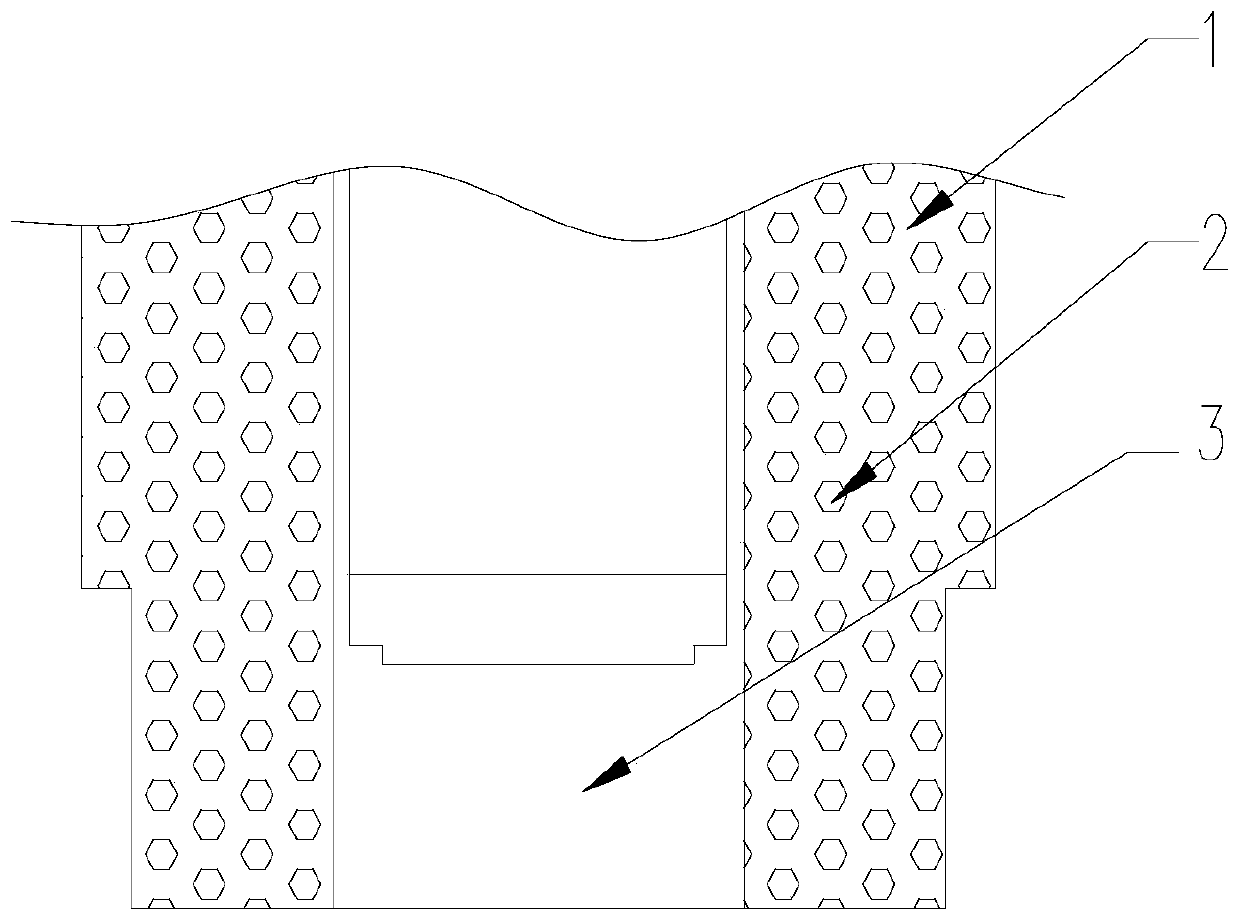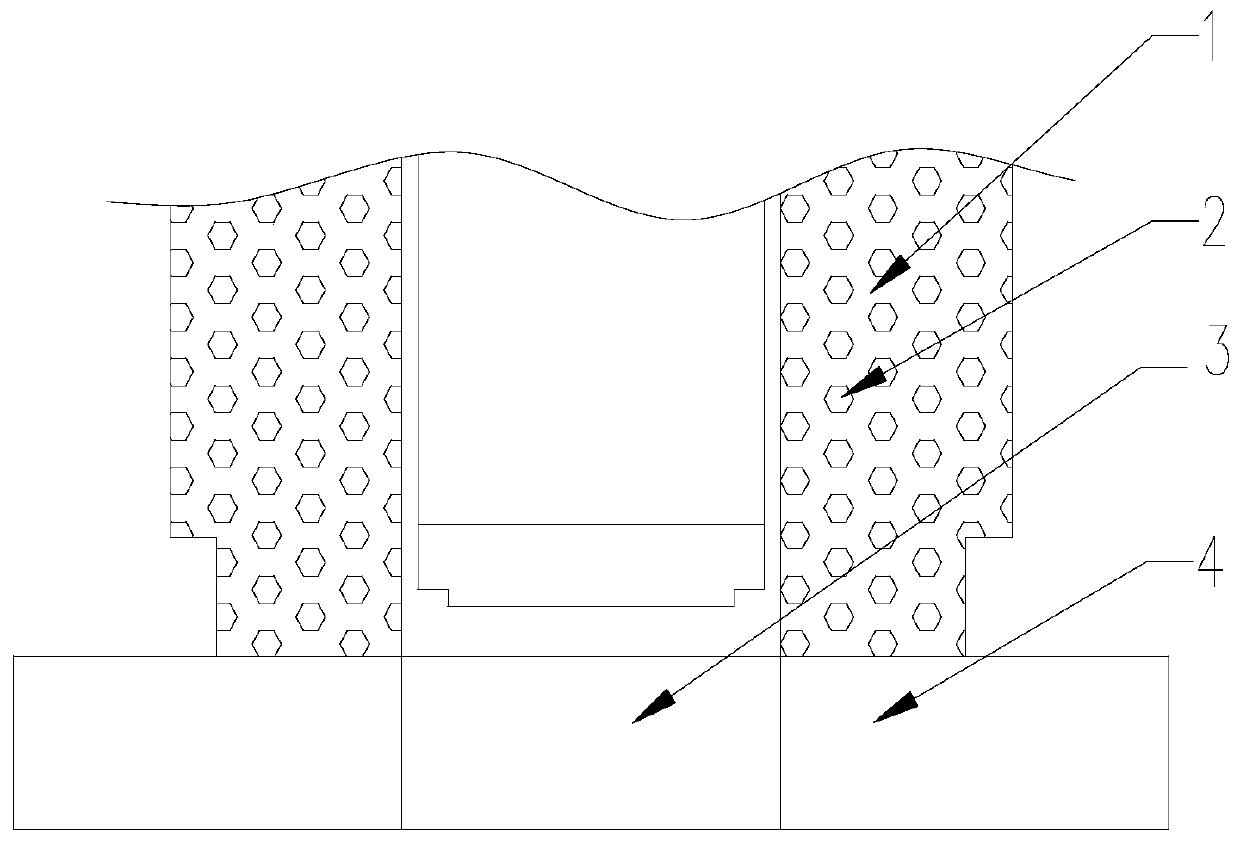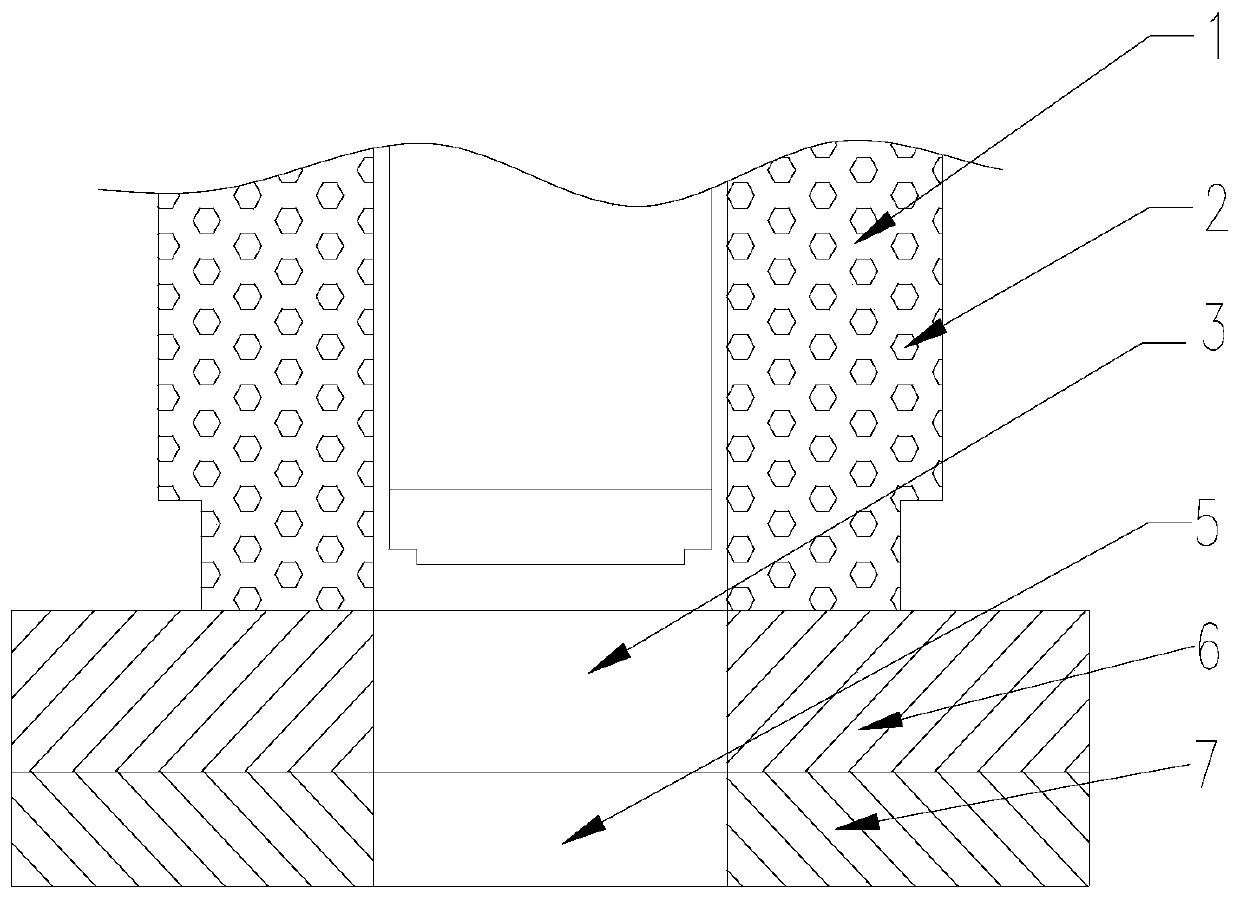A method for reducing oligomer content in polyester fiber
A polyester fiber and oligomer technology, which is applied in the field of reducing the content of oligomers in polyester fibers, can solve the problems of high and low fiber quality, and achieve the effects of reducing the amount of production, increasing the cross-sectional area, and reducing the degree of coking
- Summary
- Abstract
- Description
- Claims
- Application Information
AI Technical Summary
Problems solved by technology
Method used
Image
Examples
Embodiment 1
[0056] A method for reducing the content of oligomers in polyester fibers, first introducing branched diol segments into the molecular chain of polyester to obtain modified polyester, and then preparing polyester by spinning modified polyester In the cooling process of the fibers, the longitudinal height remains unchanged, and the cross-sectional area of the slow cooling chamber is increased, while the slow cooling chamber adopts heat preservation to maintain the surface temperature of the spinneret.
[0057] Wherein modified polyester preparation method is as follows:
[0058] (a) Esterification reaction: terephthalic acid, ethylene glycol and 2-ethyl-2-methyl-1,3-propanediol in a molar ratio of 1:1.2:0.03 are made into a slurry, and antimony trioxide is added , titanium dioxide and triphenyl phosphate are mixed evenly, and the esterification reaction is carried out under pressure in a nitrogen atmosphere. The pressurized pressure is normal pressure, and the temperature of ...
Embodiment 2
[0064] A method for reducing the content of oligomers in polyester fibers, first introducing branched diol segments into the molecular chain of polyester to obtain modified polyester, and then preparing polyester by spinning modified polyester In the cooling process of the fibers, the longitudinal height remains unchanged, and the cross-sectional area of the slow cooling chamber is increased, while the slow cooling chamber adopts heat preservation to maintain the surface temperature of the spinneret.
[0065] Wherein modified polyester preparation method is as follows:
[0066] (a) Esterification reaction; prepare terephthalic acid, ethylene glycol and 2,2-diethyl-1,3-propanediol in a molar ratio of 1:1.3:0.04 into a slurry, add ethylene glycol antimony, titanium dioxide After mixing evenly with trimethyl phosphate, carry out the esterification reaction under pressure in a nitrogen atmosphere. The pressurized pressure is normal pressure, and the temperature of the esterifica...
Embodiment 3
[0072] A method for reducing the content of oligomers in polyester fibers, first introducing branched diol segments into the molecular chain of polyester to obtain modified polyester, and then preparing polyester by spinning modified polyester In the cooling process of the fibers, the longitudinal height remains unchanged, and the cross-sectional area of the slow cooling chamber is increased, while the slow cooling chamber adopts heat preservation to maintain the surface temperature of the spinneret.
[0073] Wherein modified polyester preparation method is as follows:
[0074] (a) Esterification reaction: terephthalic acid, ethylene glycol, and 2-butyl-2-ethyl-1,3-propanediol in a molar ratio of 1:1.4:0.05 are made into a slurry, and antimony acetate and titanium dioxide are added After mixing evenly with trimethyl phosphite, carry out esterification reaction under pressure in a nitrogen atmosphere. 92% is the end point of the esterification reaction, wherein the addition ...
PUM
| Property | Measurement | Unit |
|---|---|---|
| thickness | aaaaa | aaaaa |
| thickness | aaaaa | aaaaa |
| molecular weight distribution | aaaaa | aaaaa |
Abstract
Description
Claims
Application Information
 Login to View More
Login to View More - R&D
- Intellectual Property
- Life Sciences
- Materials
- Tech Scout
- Unparalleled Data Quality
- Higher Quality Content
- 60% Fewer Hallucinations
Browse by: Latest US Patents, China's latest patents, Technical Efficacy Thesaurus, Application Domain, Technology Topic, Popular Technical Reports.
© 2025 PatSnap. All rights reserved.Legal|Privacy policy|Modern Slavery Act Transparency Statement|Sitemap|About US| Contact US: help@patsnap.com



